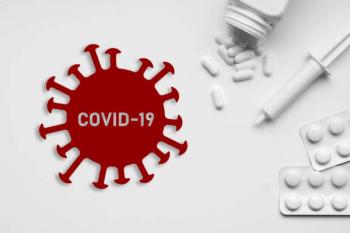
CDC endorses the role of antiviral drugs in combating COVID-19.

The outbreak has seen 2 deaths and 23 hospitalizations across 11 states.

Study encourages enhancing protocols to clean and disinfect hospital beds and healthcare environments to stop the spread of healthcare-associated infections.
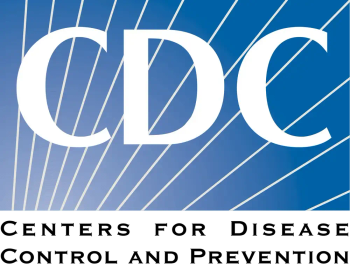
CDC's use of it and power law analysis have greatly enhanced the detection and understanding of US foodborne outbreaks.

Phase 2 study for the investigational antiviral, ZSP1273 (onradivir), demonstrated safety and efficacy in reducing the time to resolution of symptoms in a multicenter trial.
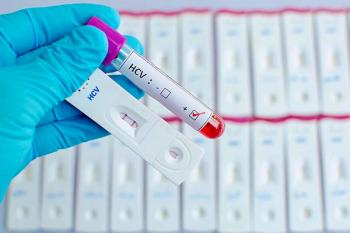
Combating hepatitis C (HCV) transmission through integrated testing and enhanced use of direct-acting antivirals within the prison system can reduce incidence rates.
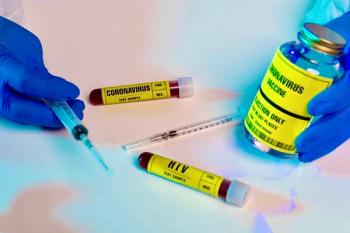
A study compared COVID-19 vaccination rates and found people with HIV (PWH) had a lower rate of completing the primary vaccination series.

ePOCT+, a digital clinician decision support tool, reduced outpatient antibiotic prescribing without adverse health outcomes, potentially mitigating development of antimicrobial resistance.
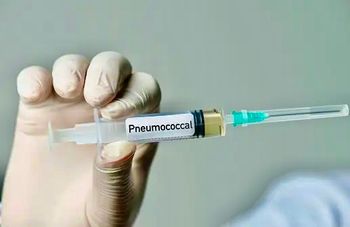
Study will determine the effectiveness of vaccine in preventing invasive pneumococcal disease.

Sustained virologic response (SVR) and sociodemographic factors were found to be associated with long-term improvements in health-related quality of life in patients with hepatitis C (HCV).
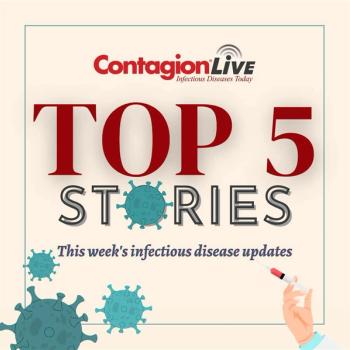
This week, a measles outbreak spans multiple US states and the CDC highlights a rise in syphilis incidents. Fatalities from Group A strep infections have doubled since last year in Canada, and people who inject drugs are at higher risk for hepatitis C and HIV. Investigators are also tracking incident rates over time post-COVID-19 pandemic.
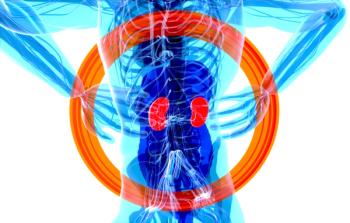
New vancomycin dosing regimens are proposed to improve outcome and minimize toxicity in overweight and obese patients with renal insufficiency.

Study shows both recent and earlier use of these medications significantly heightens the risk.

People who inject drugs (PWID) are at a higher risk for hepatitis C and HIV. A new study examined point of care initiatives and how to better support this population with intervention efforts.

Group A streptococcal infections outbreak nearly doubles fatalities from the previous year.
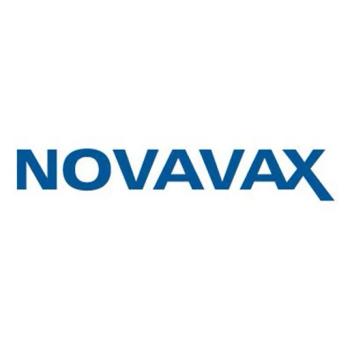
This news comes after the World Health Organization (WHO) recently granted the vaccine an emergency use listing (EUL), and continues to become available to more countries.
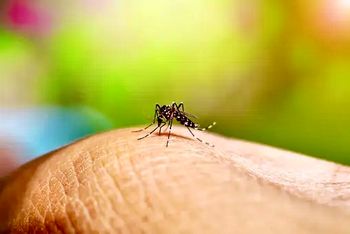
CDC's preventive strategies against the world's most prevalent mosquito-borne disease.

The latest data on sexually transmitted infections (STI) shows a large increase in syphilis incidence rates year-over year, where others were either flat or saw a slight decrease. The report also shows an ongoing rise of syphilis cases over the long-term.

A new study reveals that the cholera vaccine's diminished efficacy highlights the need for improved strategies in combating a global health challenge.
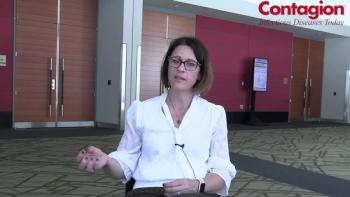
Investigators looked at potential risk factors as incidence rates changed over time after the introduction of COVID-19 and whether race and other variables affected the potential development of these infections.

Study examines the complexity between human health and tick-borne diseases.

Clinician warns that as immunization rates decrease, outbreaks of vaccine preventable diseases will continue.
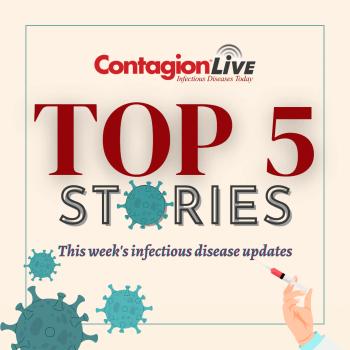
This week CDC discusses vaccine recommendations; a provider offers insights on administering live biotherapeutics; and early administration of simnotrelvir plus ritonavir shortened the time to sustained resolution of COVID-19 symptoms.
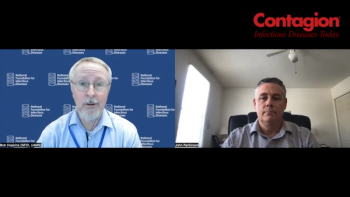
The National Foundation for Infectious Diseases (NFID) medical director weighs in on this year’s respiratory virus season and offers some strategies to prevent transmission.
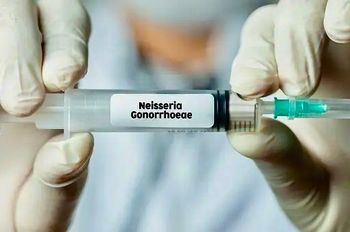
New challenges in the fight against gonorrhea in the US.
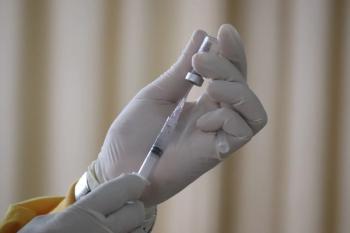
This week a new vaccine for HIV is under development, a COVID-19 vaccine receives WHO emergency approval, and several local US health departments receive funding to combat antimicrobial resistance.

UCLA-led study examines outcomes in infants born to mothers exposed to SARS-CoV-2 during pregnancy.
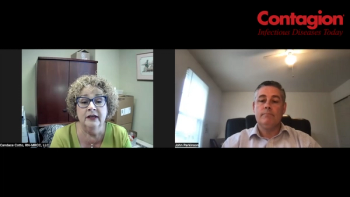
With the addition of live biotherapeutic products, a provider offers some insights into delivery and treatment considerations.
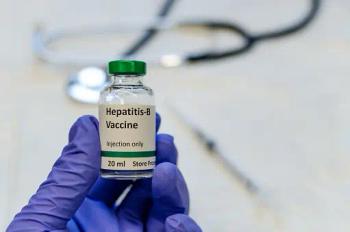
The CDC stresses the importance of hepatitis B virus (HBV) vaccination, but challenges in treatment accessibility persist.